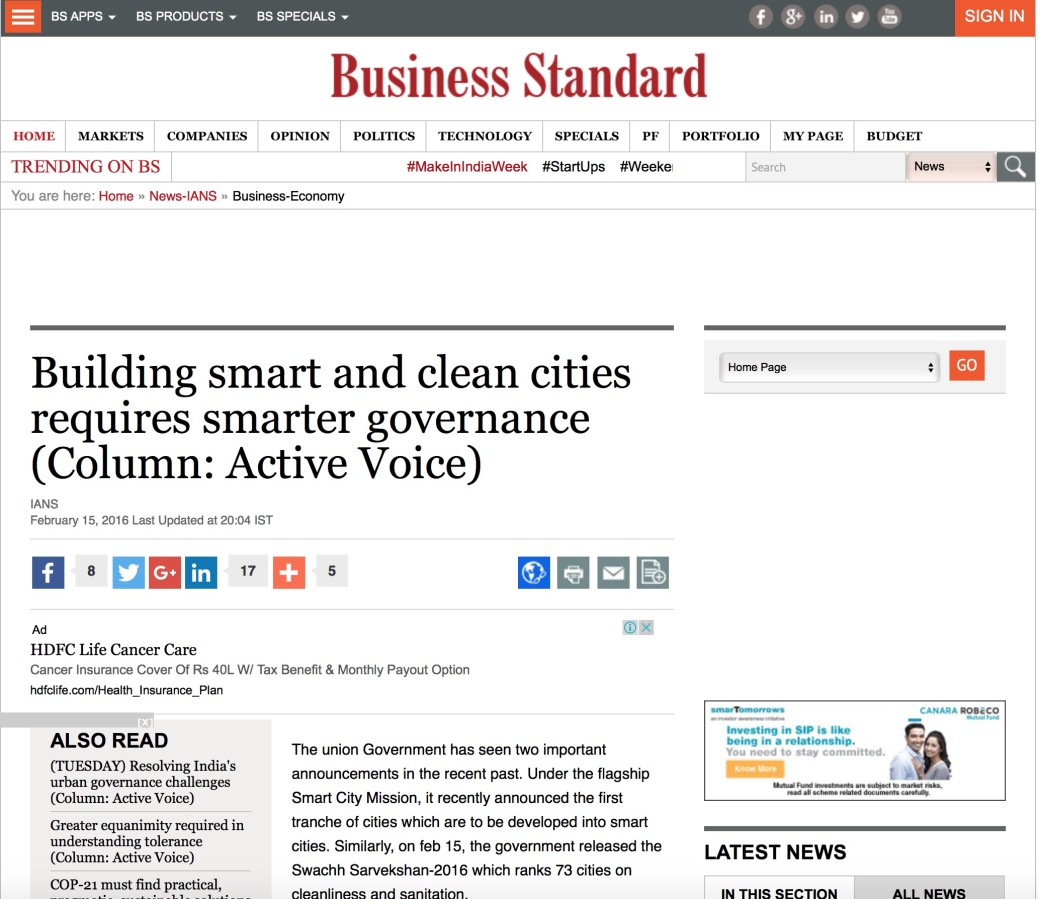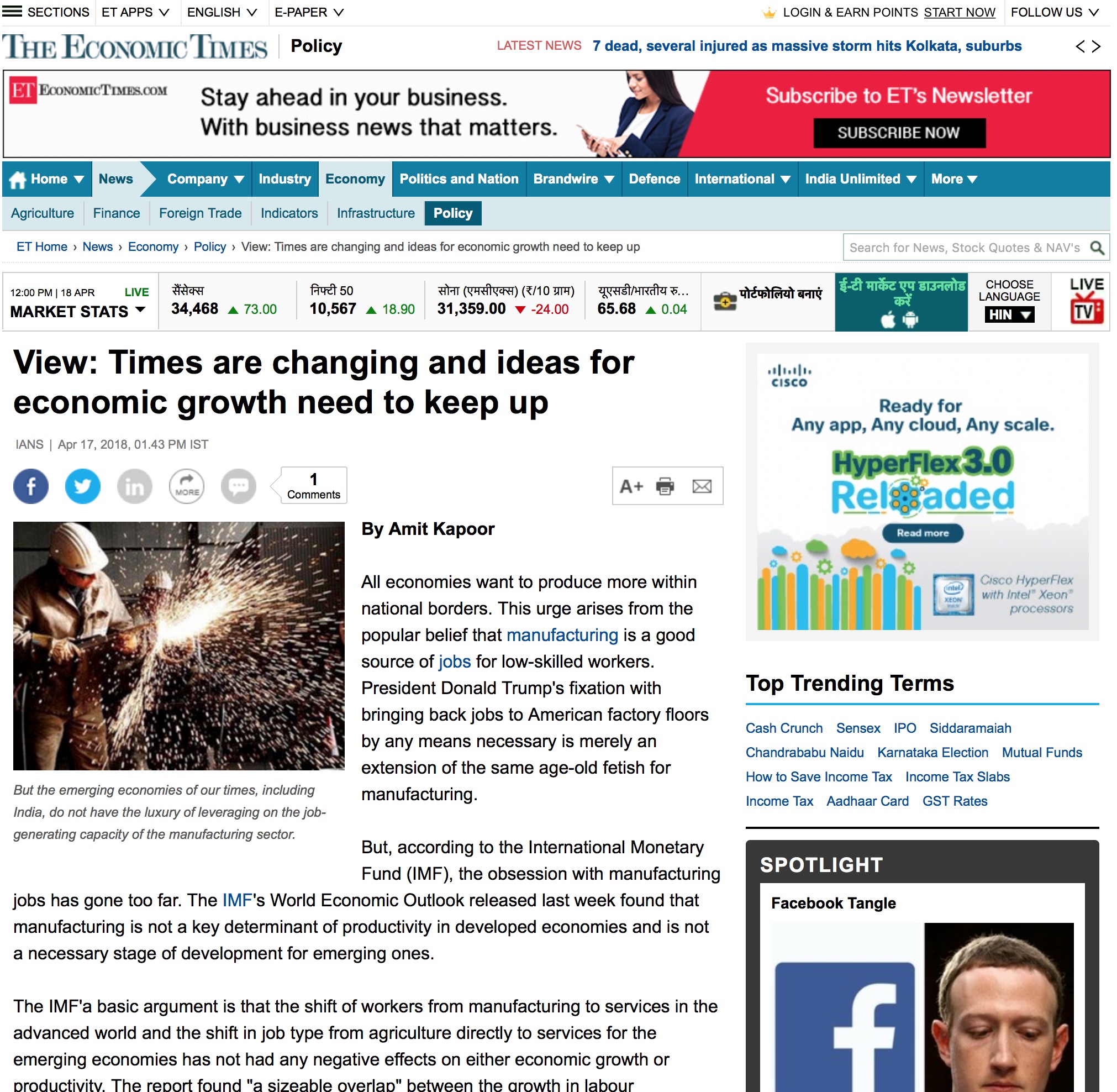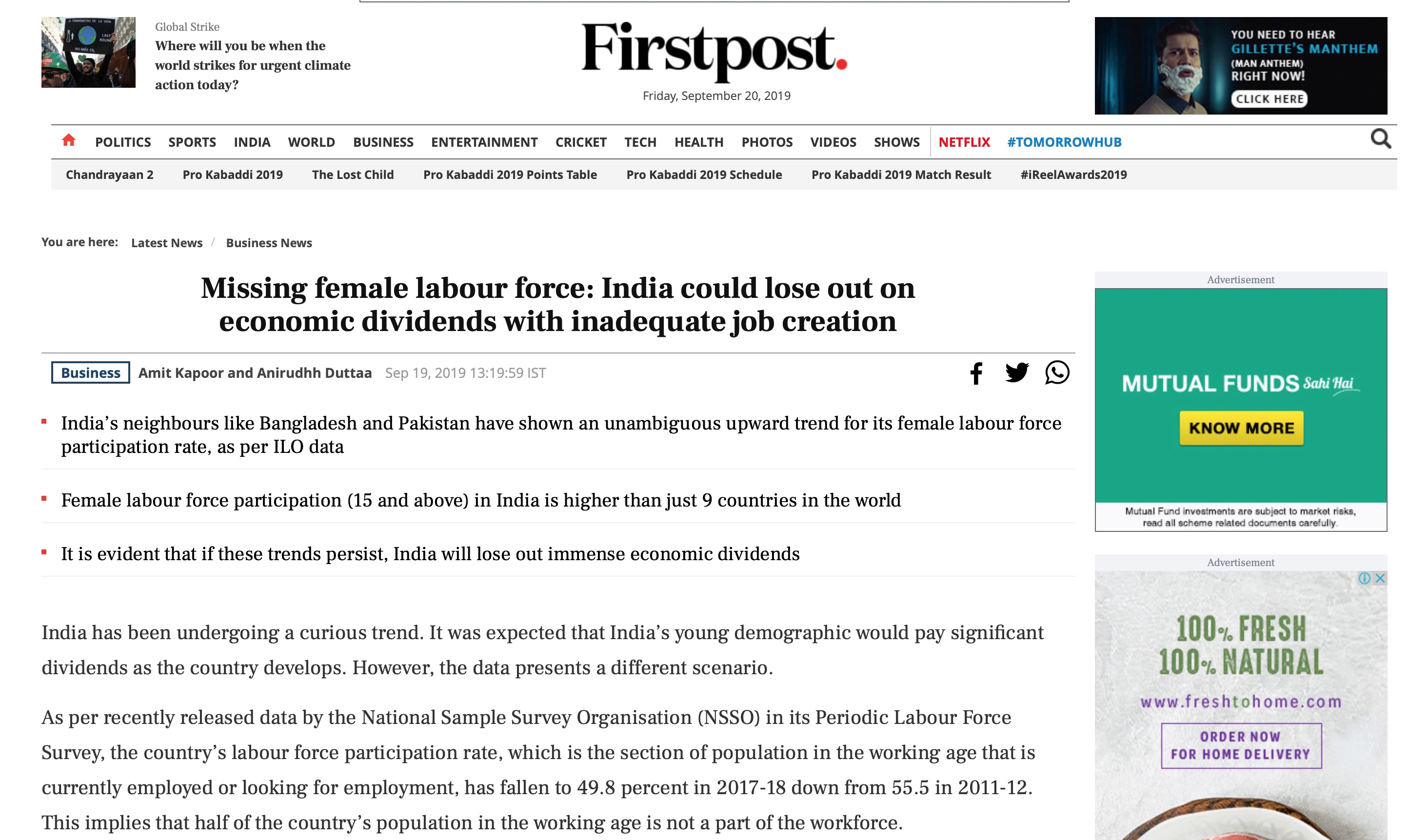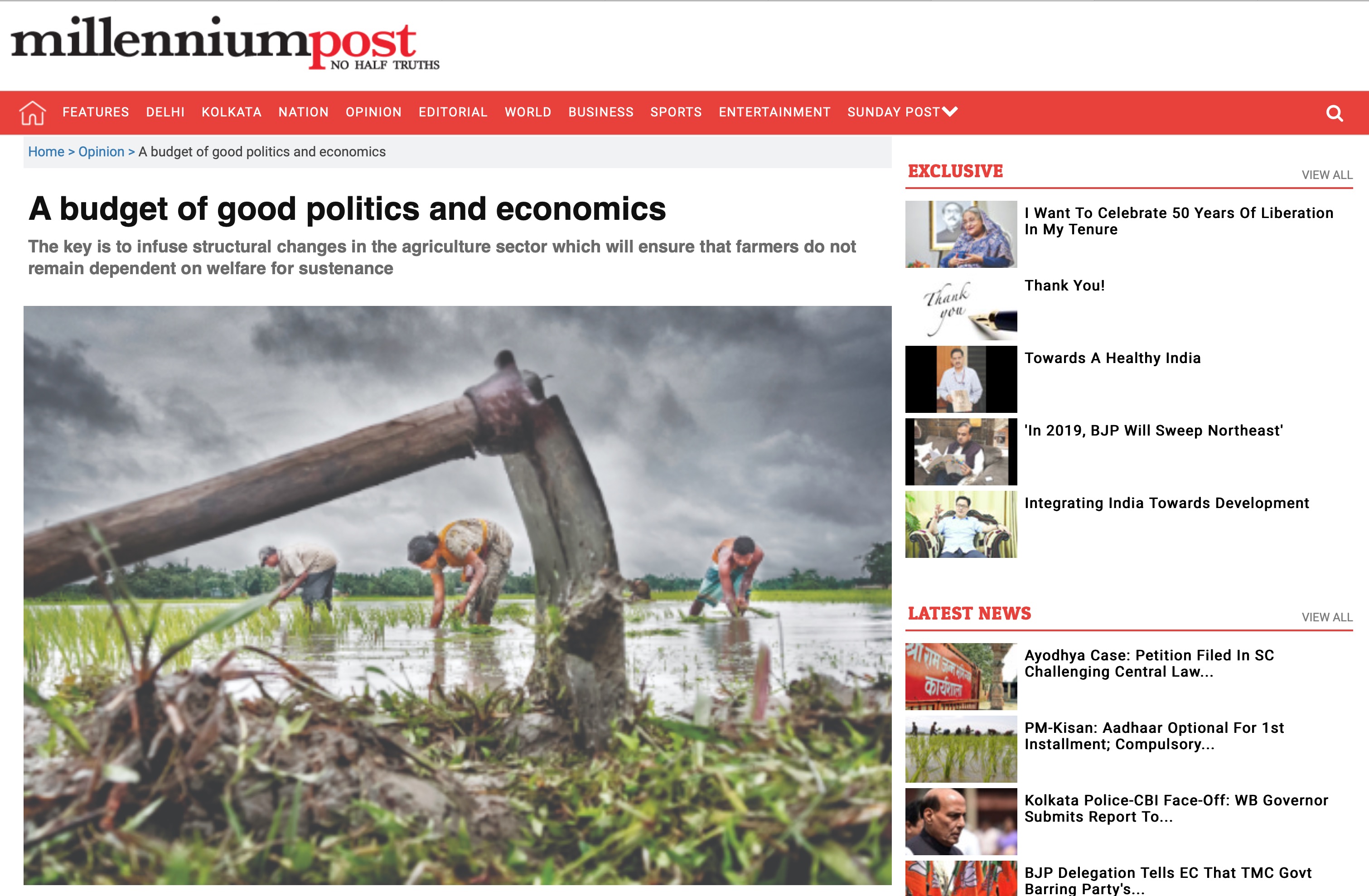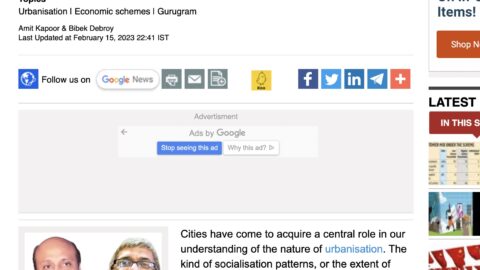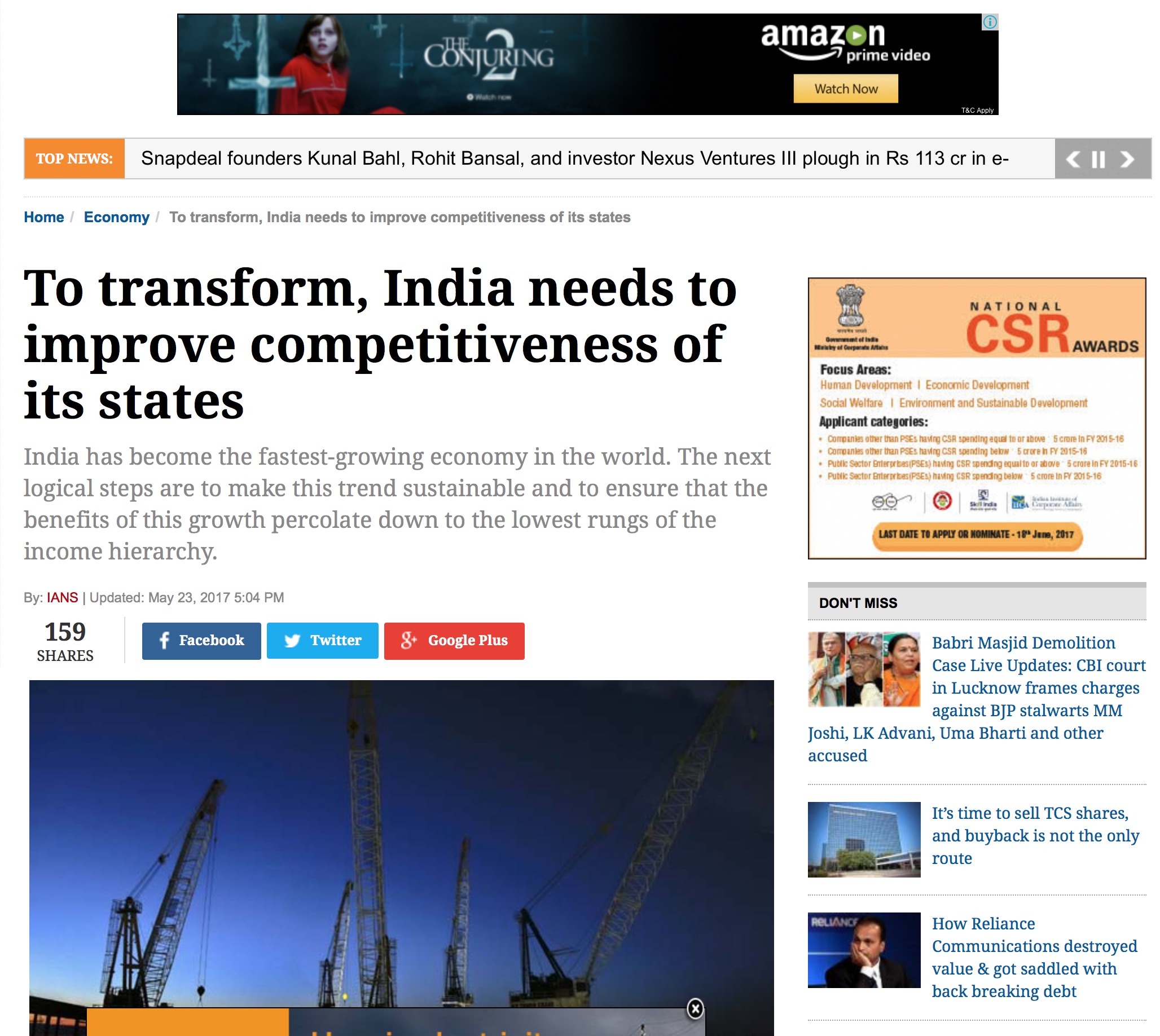India has grabbed seven billionaires in the Forbes top 100 rich list 2011 which puts India in the league of the countries with the most riches. Unfortunately at the same time, nearly 28% of the total population of India, accounting for nearly 300 million people is under below poverty line. With increasing population in India, the inequality in India has also grown and the gap between the rich and poor has widened over the past decades. A comparison of the per capita incomes of Indian states to other economies reveals stark inequalities. The per capita GDP of Goa is highest which is 1,35,129 Rs while Bihar is the lowest which is just 16177 Rs. This article looks at the inequality pertaining in India through the lens of Gini-coefficient for the past thirty years for 23 states.
The Gini Co-efficient is the standard measure of inequality. A score of 0 would indicate perfect equality with each state having an equal per capita income whereas a score of 1 would indicate perfect inequality with all income going to one state.
Growing Income disparity is India is raising concern over inclusive growth
A study of per capita state GDP figures from 1981 to 2008 enabled the computation of the gini coefficient shows a continuing upward march of the coefficient and inter-state inequality. The average gini-coefficient during 1981-1990 is 0.15 while it increased to 0.19 during 1991-2000. The average gini coefficient for the period of 2001-08 is experienced to be .24 with the percentage increment of more than 26% over previous decade which justifies the growing income disparity in India which alarming. It shows that in India, poor are becoming poorer and rich are getting richer and the growth in India is exclusive rather than inclusive.
The Inter-State Gini for 2008, namely, 0.2608 is far lower than the Gini for India as a whole (0.36) given by UNDP’s Human Development Report revealing that the geographic disparity of income is much lower than the social disparity between the richest and poorest people in the country.
Eastern states of the country are lagging in growth as compared to the richer western states
The development divide in India does not lie along a North-South basis, but rather an east-west basis. The 82.5 parallel which is used to determining Indian Standard Time (IST) is arguably the dividing line between the more developed west and the less developed east. A comparison of states lying wholly to the west of this line with states which partly or wholly lie east of this line illustrates this divide.
The average per capita GDP (at current prices) of western states to eastern states from 1981 to 2008 is shown in the diagram below. The gap between per capita incomes of eastern and western states grew by an average of 11% in the 1980s, 19% during the 1990s and slowed down to 10% in the early 2000s. This reflects that eastern states are now getting richer at slower pace but still they lag far behind the western states. These states need to focus on their economic development to reduce their poverty levels which decrease the income disparity and eventually increase their per capita income.
On an average, Easterners grew slower and Westerners faster than the national growth rates for the period of 1991-2009. The average growth rate of the eastern states during 2003-2009 was 7.5% and western states were 8.5% against the overall growth rate of 7.9%. Some low income states like Bihar grew rapidly in the 2000s though the remaining BIMARU states – Madhya Pradesh, UP and Rajasthan grew at a rate slower than the national average.
Looking at the Human Development Index scores, an alternative development indicator also reflects this phenomenon. The average HDI score for western states of 0.53 is higher than the
average HDI score of 0.46 which shows that slower growth of eastern states has also affected the social development in these states.
The Road Ahead and Strategy to reduce the income inequality
India needs to look at the holistic view of the inequality existing across the states. Special assistance and focus is required on the eastern states on their poverty reduction and skills development. India needs to develop an integrated mechanism where eastern states can be benefited from the greater economic development of the western states by sharing different economic activities. The current need is to balance economic growth with social development and more emphasis should be given on the wider reach of government schemes and equitable distribution of resources.
Social entrepreneurship which focuses on developing innovative solutions to solve the social problems with sustained revenue growth can be the possible solution. The companies need to create shared value for all stakeholders rather than just investing in corporate social responsibility programmes which can help them to increase their future income and wealth.

